
Why?
What Makes Us Curious
ISBN: 9781476792095
Pages: 272
Recommendation
Renowned astrophysicist and science ambassador Mario Livio considers how nature’s spectacles inspire awe. In wondering what causes that sensation, he provides the fascinating background of two exemplars of insatiable curiosity – Leonardo da Vinci and Richard Feynman. Livio also details leading “theories of curiosity” emerging from today’s research in psychology and brain imaging. Evolutionary theories about curiosity and a discussion of its immense power to overcome oppression round off Livio’s earnest, engaging explorations. Keen “infovores” – those with an appetite for knowledge – will relish his insights.
Summary
About the Author
Mario Livio is an astrophysicist, popular speaker and the author of six popular science books, including The Golden Ratio, Brilliant Blunders, and Is God a Mathematician? He promotes scientific literacy through his books, social media, interviews, and through public speaking. He has also collaborated in creating classical music compositions inspired by Hubble images.









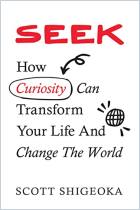
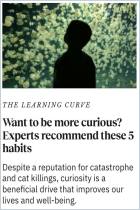


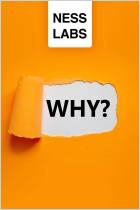
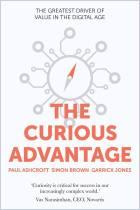


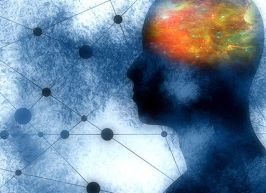
Comment on this summary or 开始讨论